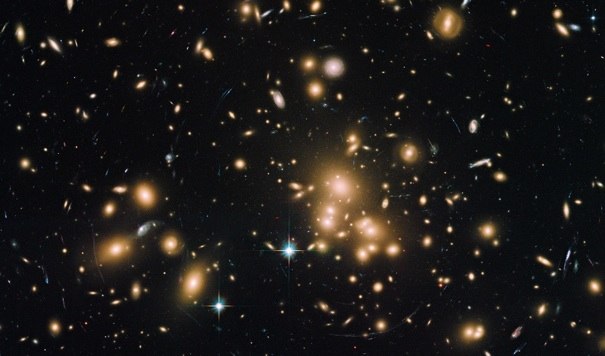Research Interests

My research interests lie at the intersection of cosmology and galaxy evolution. My work makes combined use of galaxy survey data, cosmological simulations, and the analytical framework of the halo model. I have two primary goals that drive most of my scientific research:
-
1.Develop a simple, accurate physical model for how galaxies assemble their mass and ultimately stop forming stars.
-
2.Advance our theoretical understanding of large-scale structure so that present and near-future galaxy surveys can make robust, precise measurements of cosmological parameters.
Overview
Galaxy Formation Theory
Cosmology
Much of my work in galaxy formation focuses on improving the complexity encompassed by galaxy-halo modeling without sacrificing computational efficiency. Examples of this effort include age matching and the decorated HOD, both of which provide novel methods to study the co-evolution of galaxies and the dark matter halos they live in.
As large-scale surveys continue to produce richer measurements with higher precision, it is increasingly important that we develop new techniques to mine astronomical data more effectively. Motivated by this, I have shown that galactic conformity observations provide a highly efficient means by which we can constrain the connection between halo mass accretion and star formation rate.
Studying cosmology with measurements of large-scale structure pushes present-day theoretical tools to their limits. I have worked extensively developing numerous techniques that will help present and near-future imaging surveys achieve their promise to provide percent-level constraints on cosmology. My contributions include modeling the matter power spectrum deep into the nonlinear regime, optimizing the treatment of photometric redshift uncertainty, and understanding how assembly bias influences probes of dark energy and modified gravity.